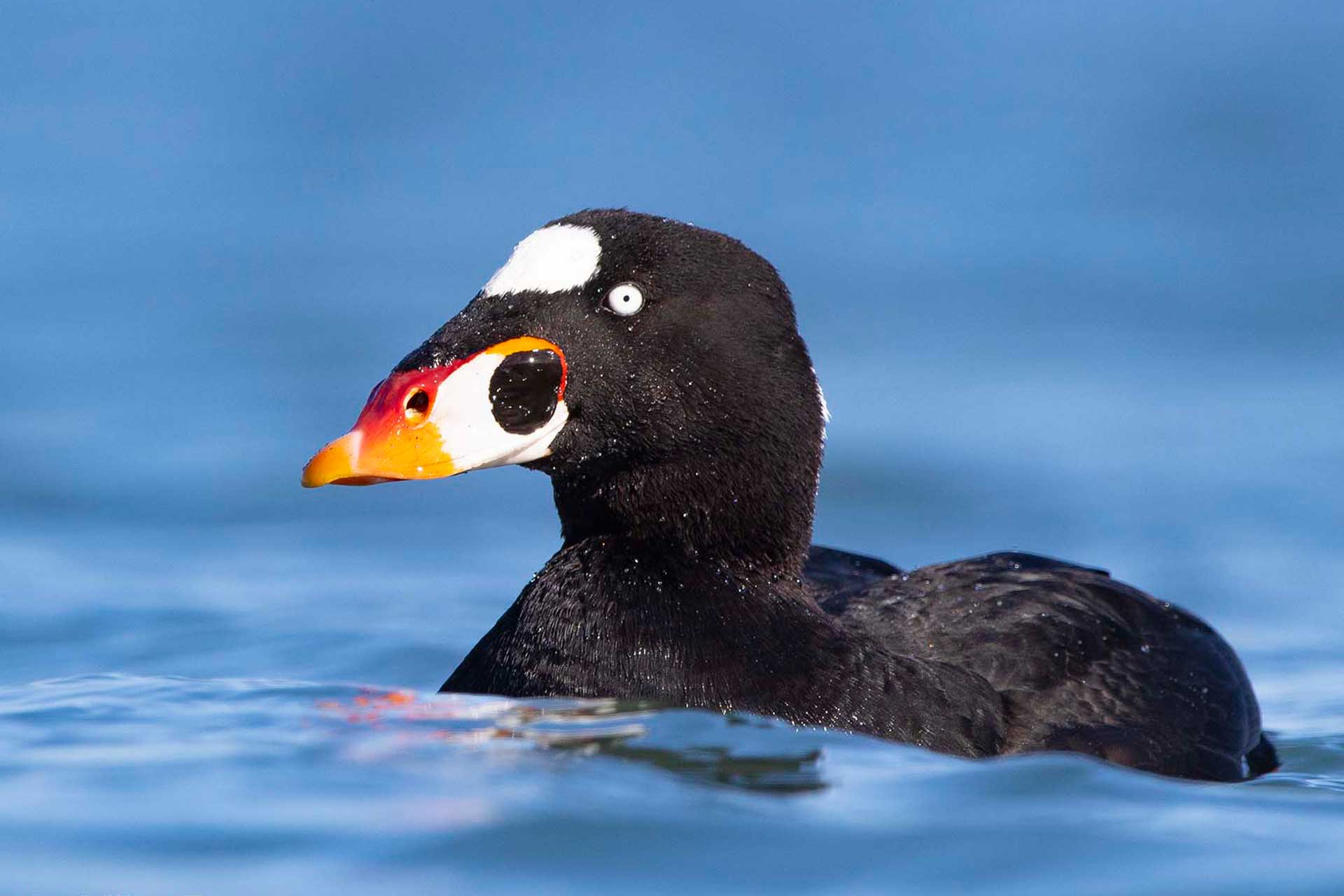Lead Institution(s): Simon Fraser University
Project Lead: Eric Anderson
Collaborator(s): Dan Esler (USGS), Marjorie Brooks (Southern Illinois U), Jessi Hallman (Southern Illinois U), Joe Evenson (WDFW), Rian Dickson (Simon Fraser U), Jerry Hupp (USGS), Michael Lydy (Southern Illinois U), John Elliot (ECCC)
Focal Species: Surf Scoter (Melanitta perspicillata), White-winged Scoter (Melanitta delgandi)
Project Description: Effects of metals and organic contaminants on growth and reproduction are of high concern for many marine animals, especially for scoters and other species that often feed in heavily industrialized bays and estuaries. Of particular concern, Surf Scoters appear to accumulate appreciable levels of selenium and cadmium in some marine sites (Ohlendorf et al. 1986, Henny et al. 1991). Past studies of marine contaminant exposure of scoters have focused mainly on rates of uptake during brief periods in mid-winter, neglecting other periods and effects of seasonal movements and diet shifts. Such results indicate only that contaminant exposure varies among the few sites considered, and accordingly provide little guidance for managing scoter foraging habitats at broad spatial scales. To increase functional understanding of contaminant exposure in coastal habitats, our proposed studies contrast contaminant uptake between Surf and White-winged Scoters, taking into account new data on their movements, diet, and physiological condition. These new contaminant studies will complement our ongoing analyses of scoter energetics and foraging strategies, thereby expanding our efforts to address the SDJV priority to identify and inventory important sea duck coastal habitats.
SDJV126 Interim Report FY10
Related Publications:
Brooks, M.L., J.R. Lovvorn, J. Hallman Behnke, E. M. Anderson. 2021. Detecting silent stressors: trace element effects on nutritional status of declining scoter ducks of Puget Sound, USA. Science of the Total Environment 766:144247 https://doi.org/10.1016/j.scitotenv.2020.144247
